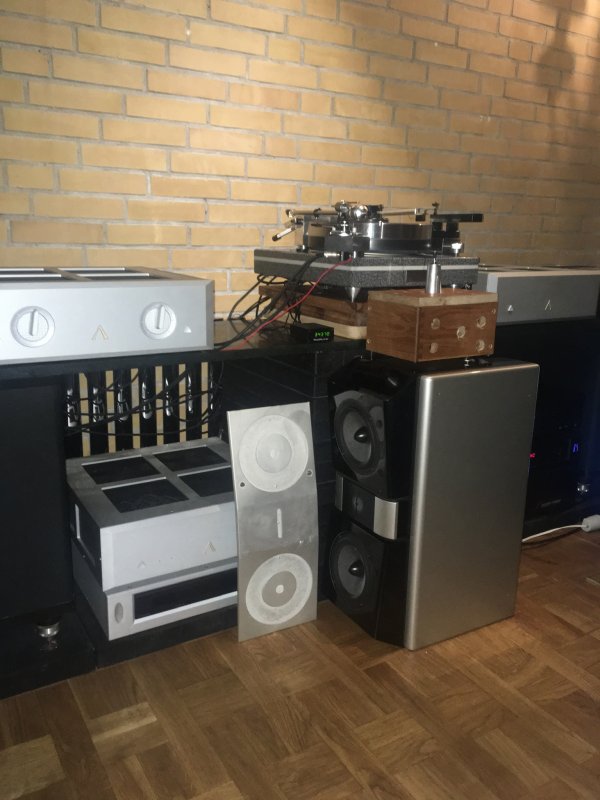I think it’s also a case of what sounds real to one person may not sound real to another.
We can both be present at the same live concert and agree that it sounds real (how can you dispute that?) ...
It strikes me that there is a contradiction in the first sentence and the follow-on phrase, but we'll skip past that for now with its sufficient hedge "may not" - although it does seem to imply that what sounds real to one can sound real to another.
First we stipulate that none of us is ever in the same physical position as another during a listening session or at a concert. Second we can stipulate that your ears and aural awareness are not mine and vice versa. Third we can stipulate that reproduction is not the same as an original event from which the reproduction is made. The two are not identical. Agree so far?
Okay, now we go out on a limb with our eyes closed and claim each of us can distinquish listening to a live event from listening to a reproduction. For example, when we hear the BSO perform we don't mistake that for hearing a recording of a BSO performance. Maybe we really go out on a limb and say we can tell the difference between a live broadcast and a recording when both are heard over the radio.
Perhaps more simply, we recognize live music when we hear it. Agree?
... but given that a stereo system can only reproduce a fraction of that experience it comes down to which elements are important to us. What is salient to you may be different for others.
I suspect that some aspect of David’s system and the one you have now reminds YOU of live music and that is what matters. But ultimately it fails, as all systems do, to reproduce all aspects of live music.
Okay for now, put aside fractions and 'elements of relevant importance', forget what is salient, forget aspects. Those are the analytic side of listening. (If all that one experieces during listening are elements and aspects then perhaps one is a true audiophile (audio file?). That was sarcasm.)
Consider a more holistic approach. We each hear twenty live concerts of the BSO and we agree we're hearing live concerts. Consider we each hear a recording of a BSO concert on two different systems. Can we each gauge whether system A sounds more like a live concert, live music, than system B, or vice versa? It's not about my 'elements of relevant importance' or yours - we each, I believe, can make the assesment that one of the two systems sounds more like live music.
It doesn't matter if the clarinet on the recording sounds like a BSO clarinet. After playing the instrument and hearing it played many many times I have an 'aural composite' in my head of clarinet sound and can distinquish it easily from the sound of other instruments. Just as we can say 'I know live music when I hear it', I believe we can say system A sounds more like live music than system B - with the same amount of relative ease. It's not an analytic exercise.
Now whether each of prefers a system that sounds more like live music or prefers a system that sounds like something else they prefer, that reflects our preference. It's not good or bad, it's our preference.







